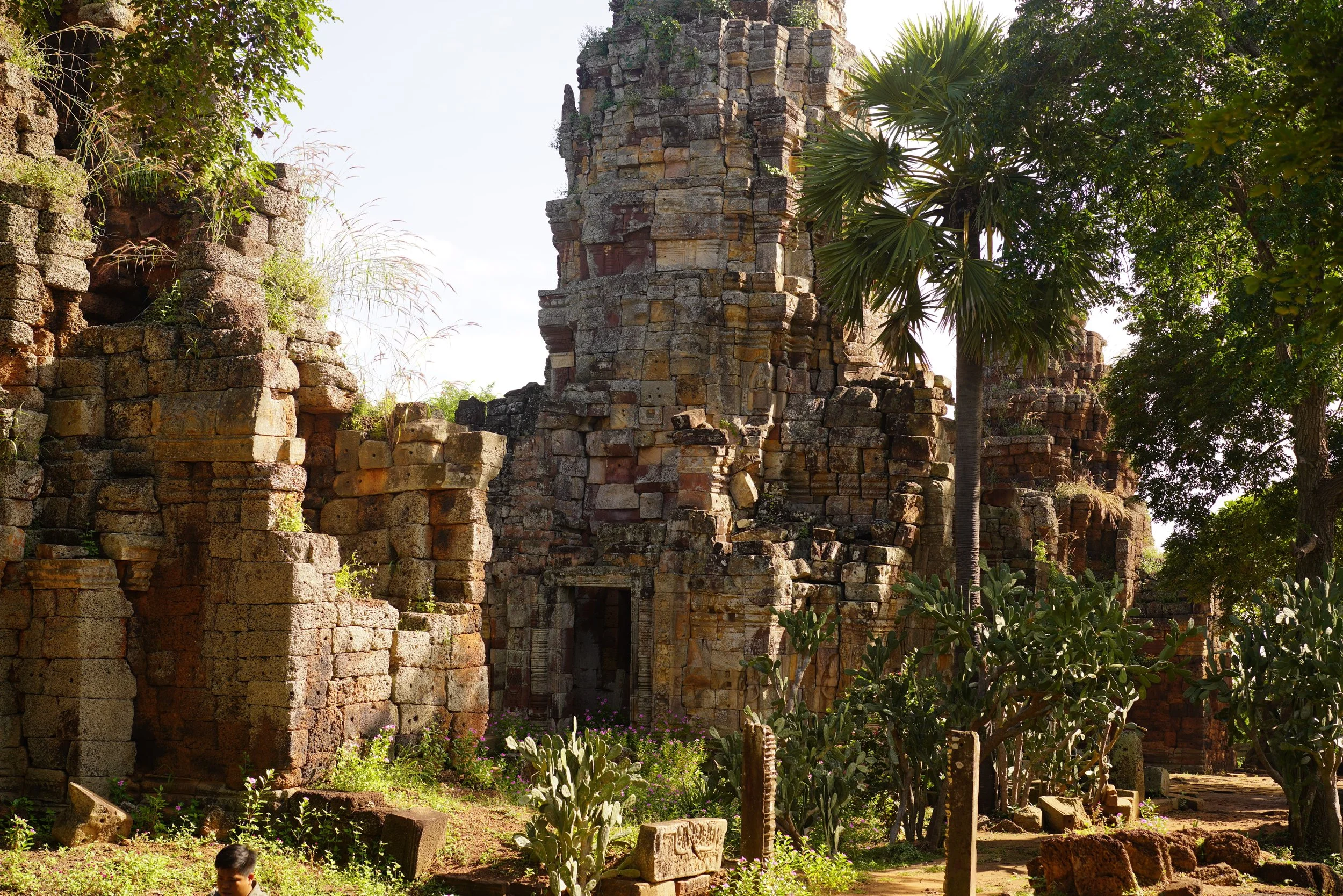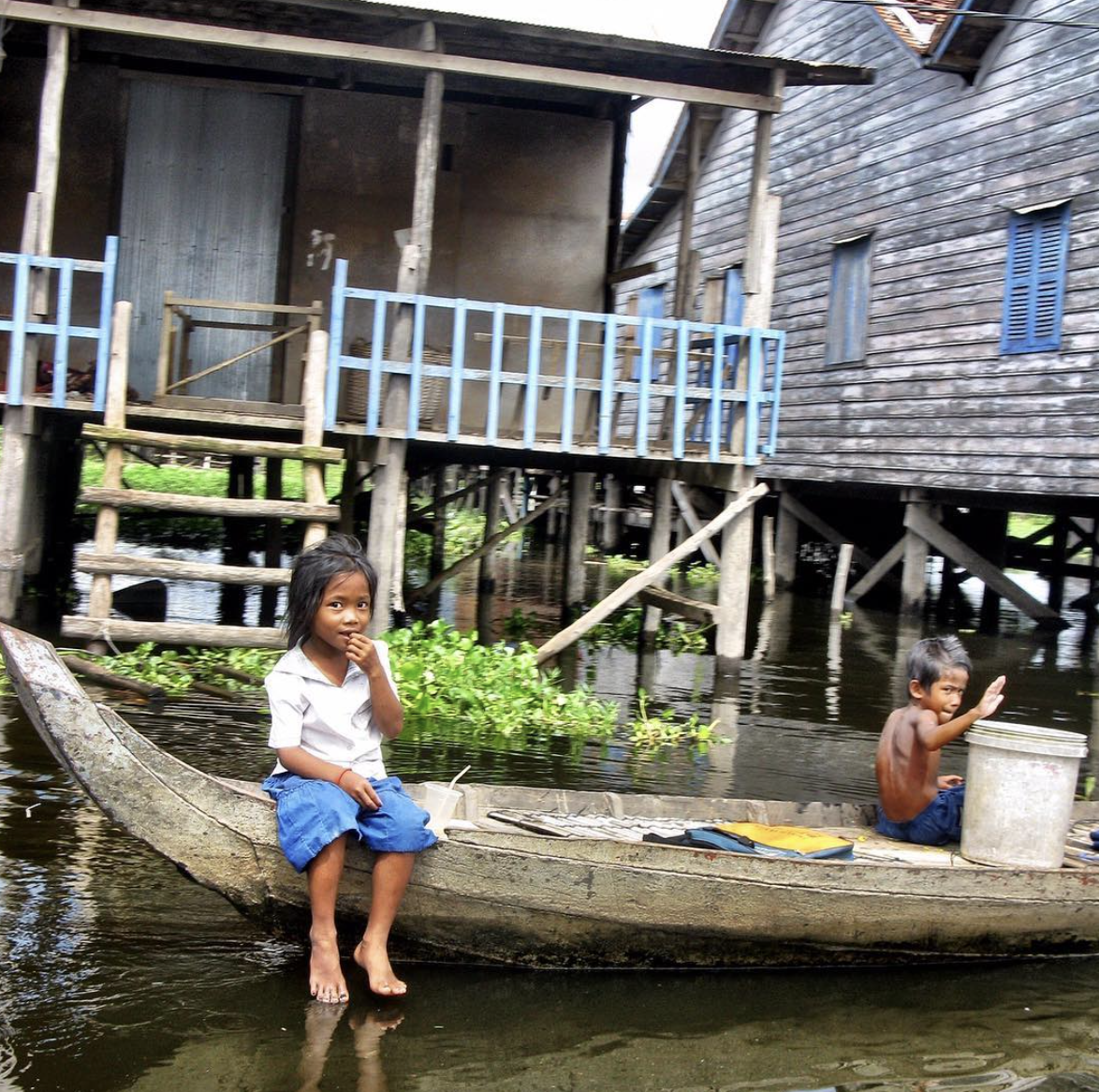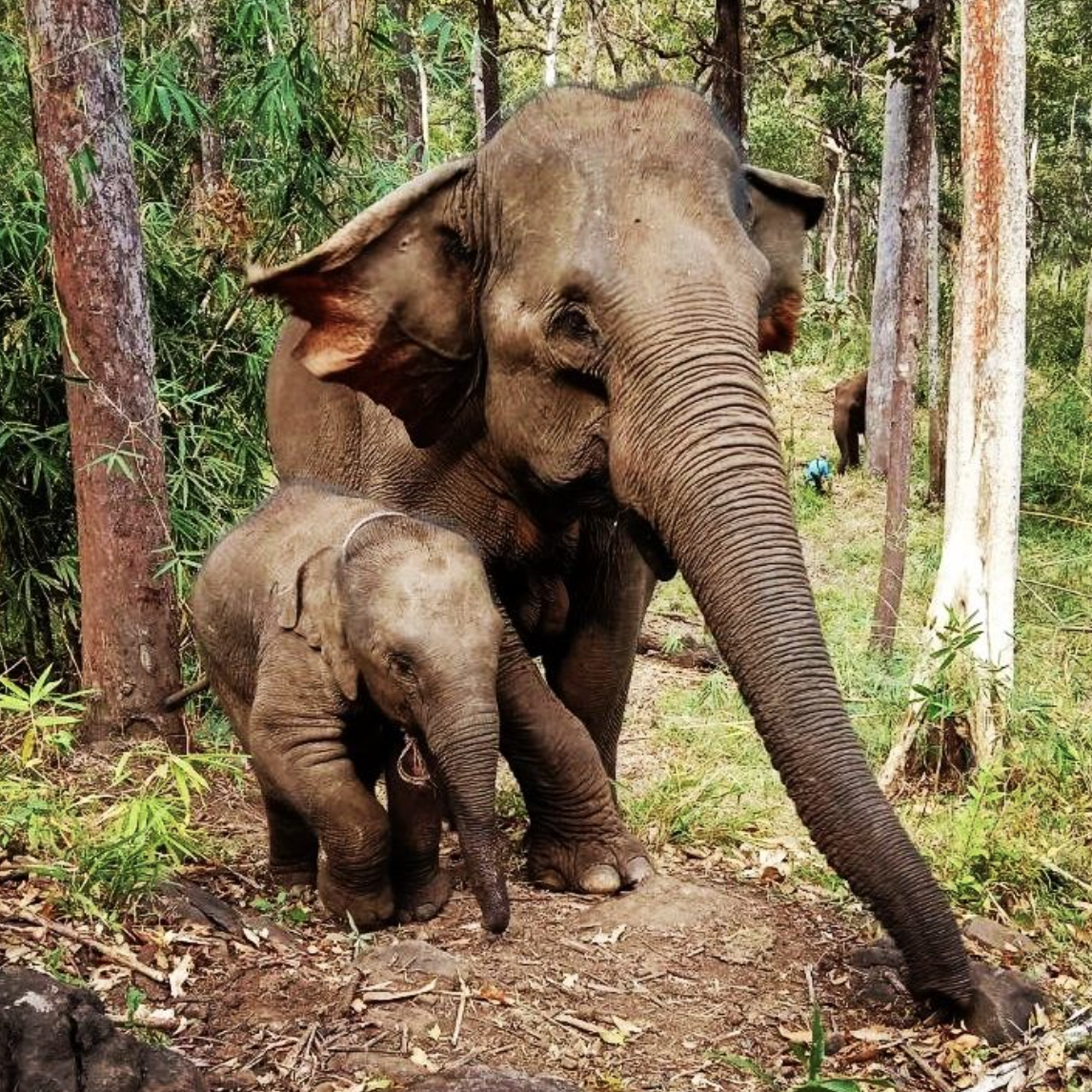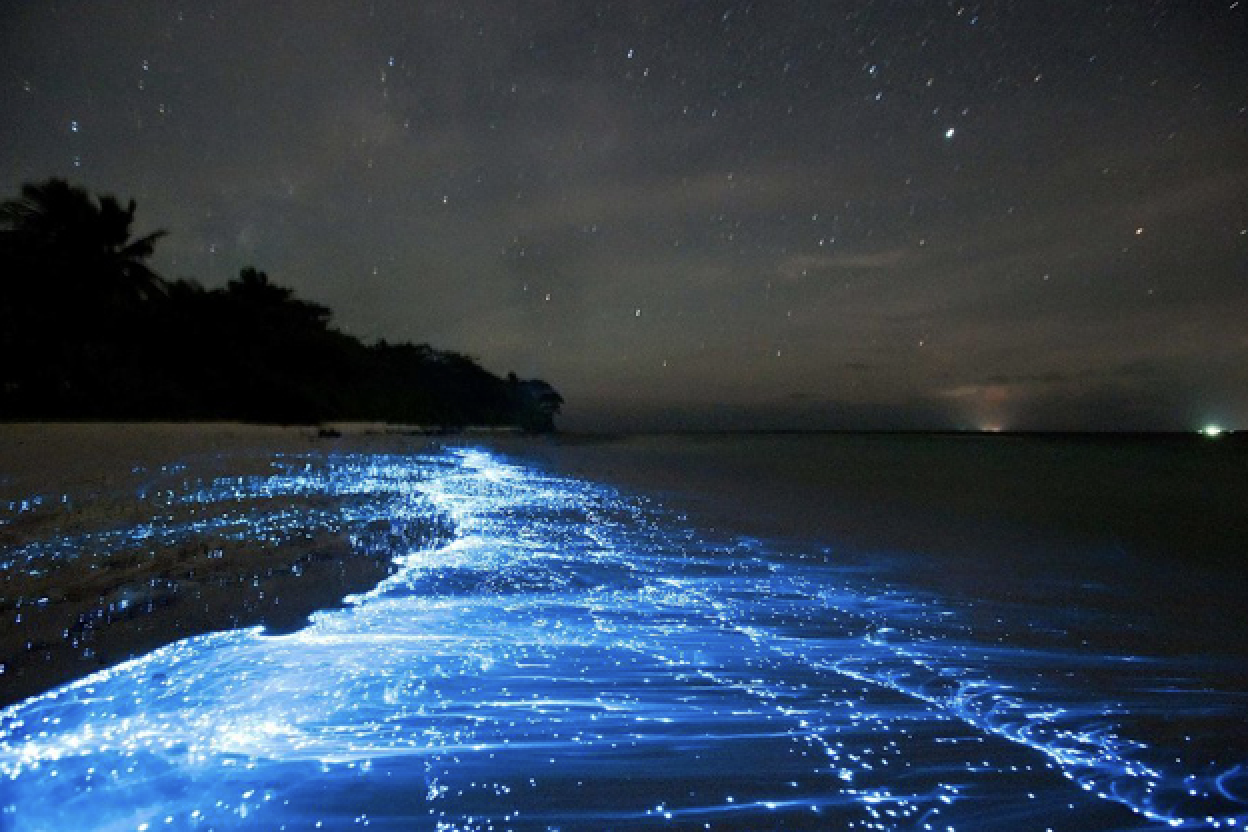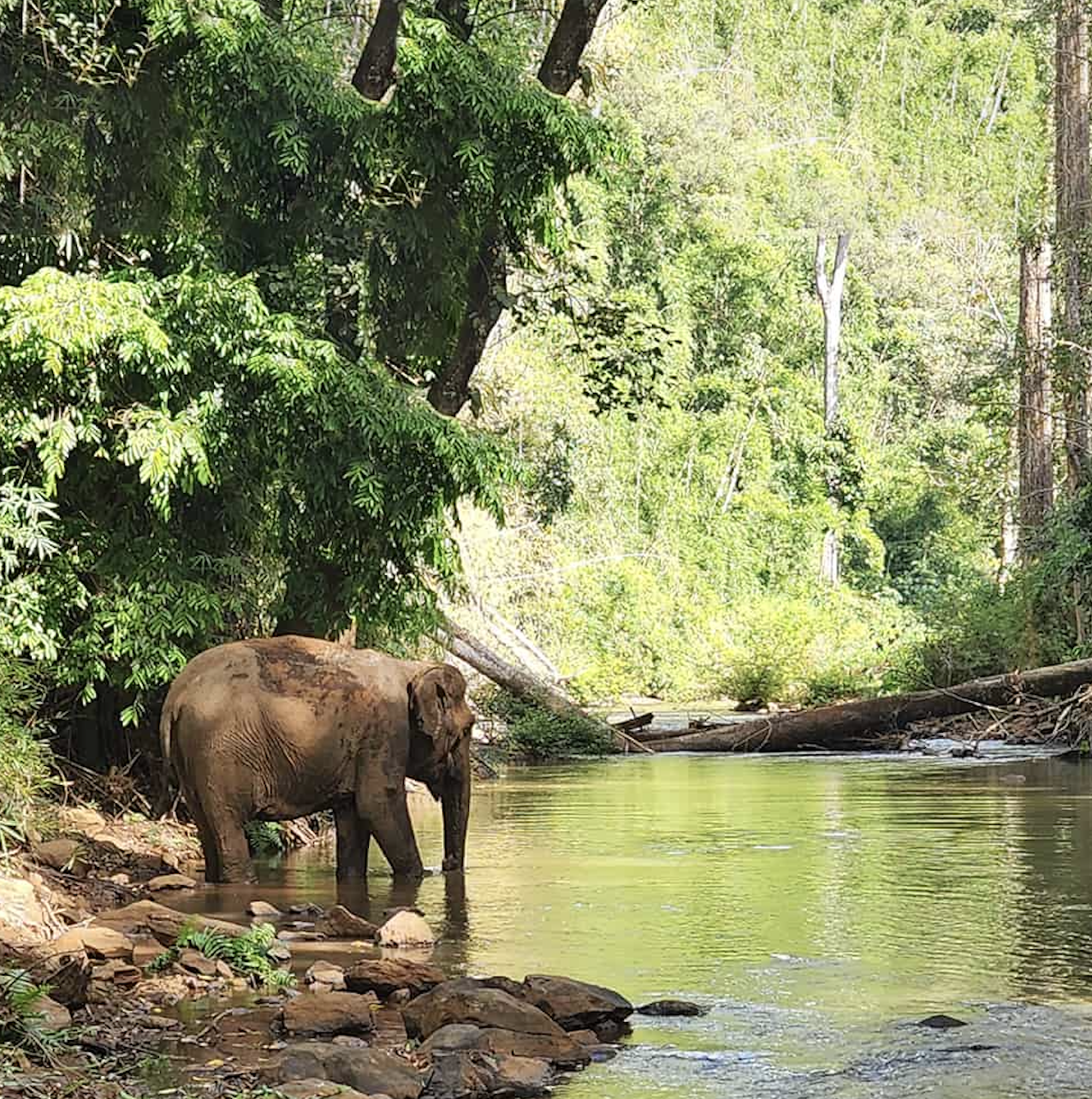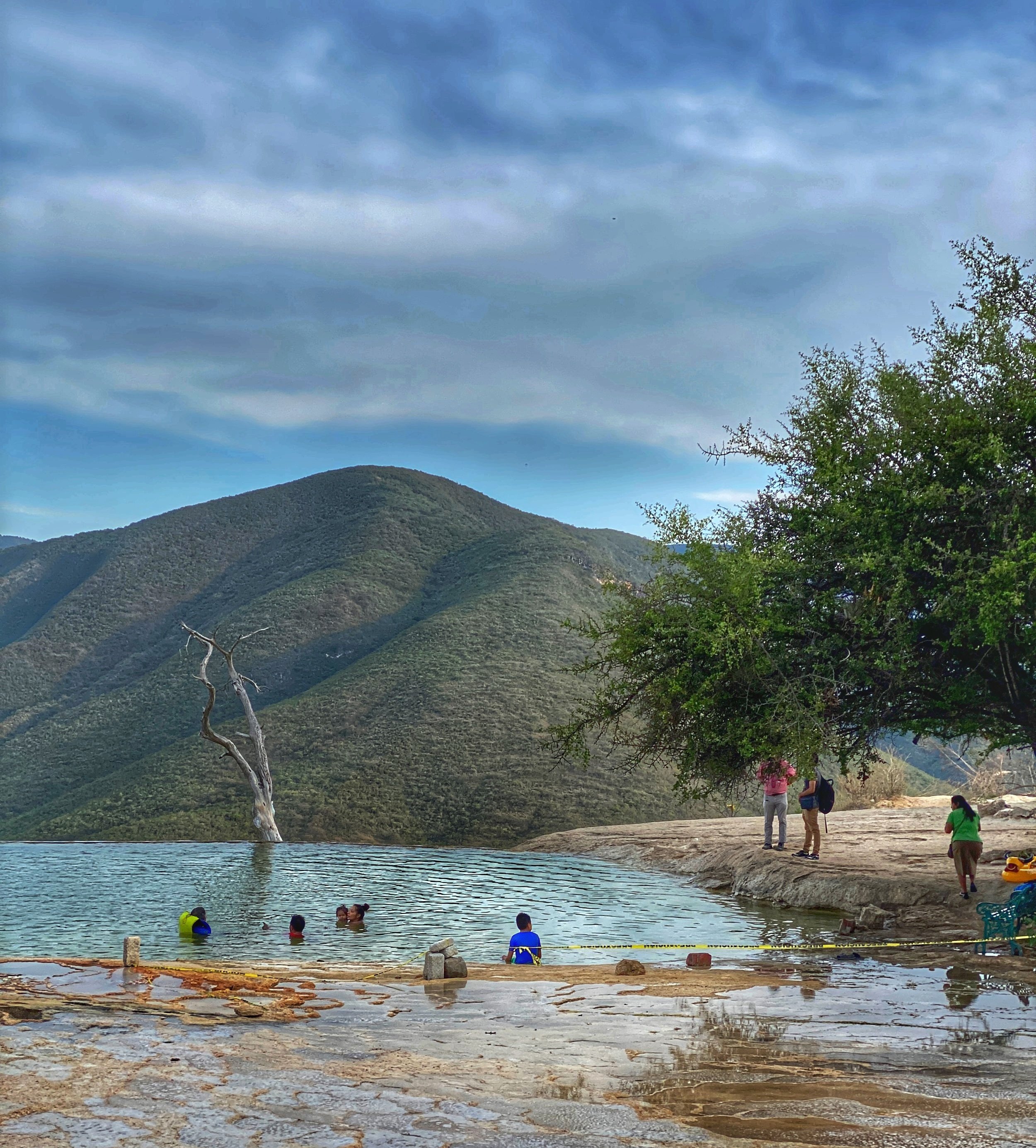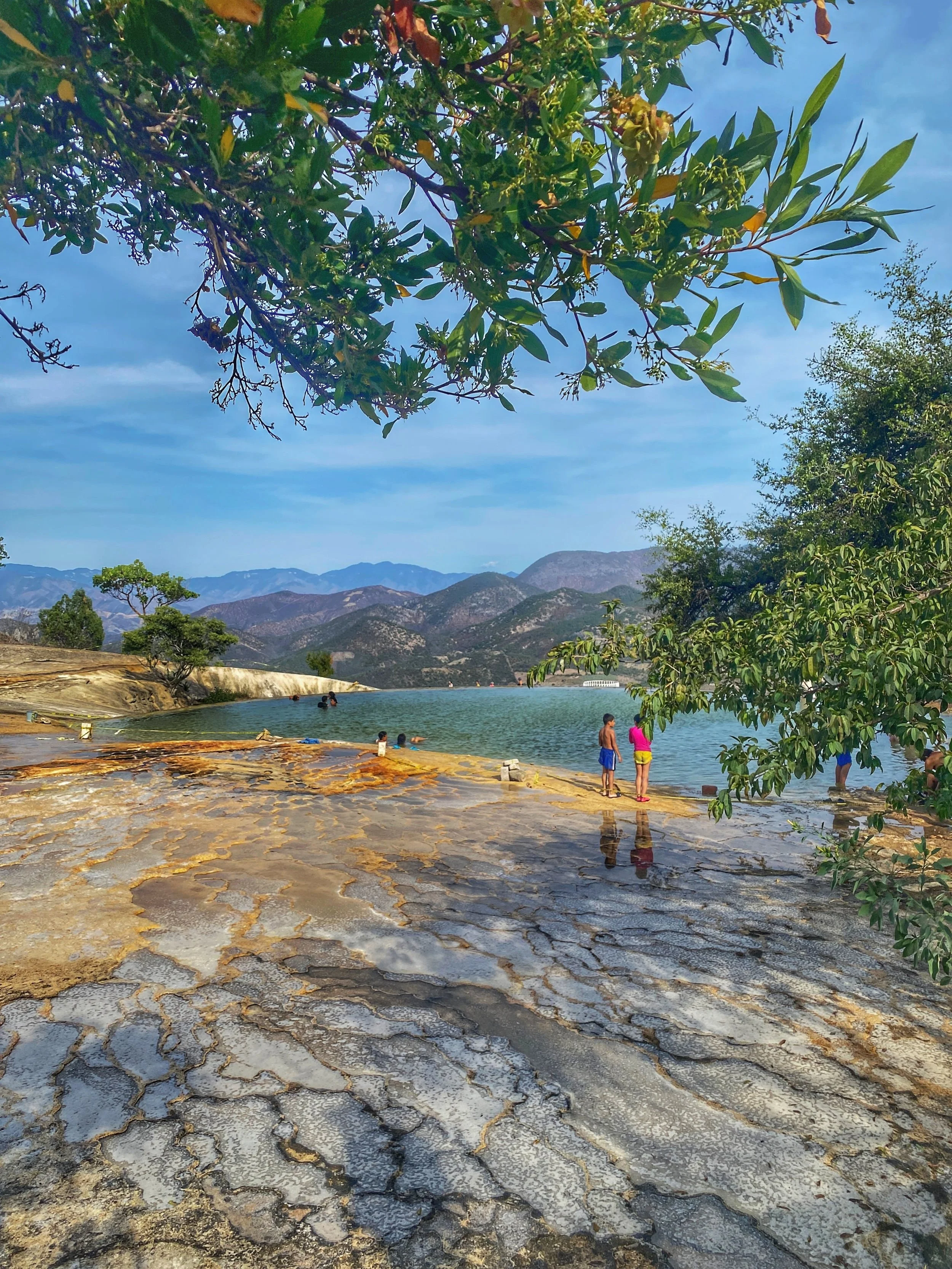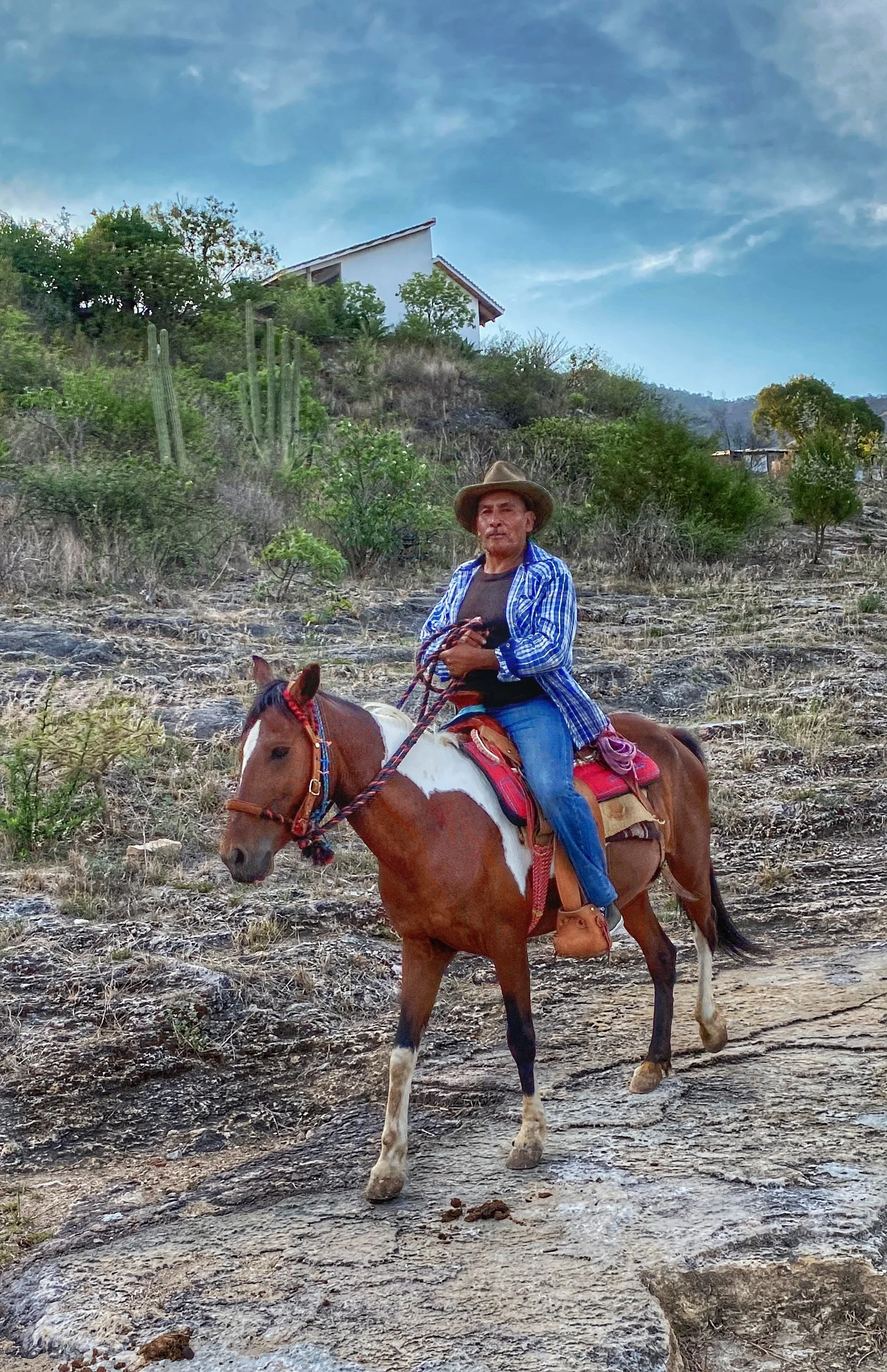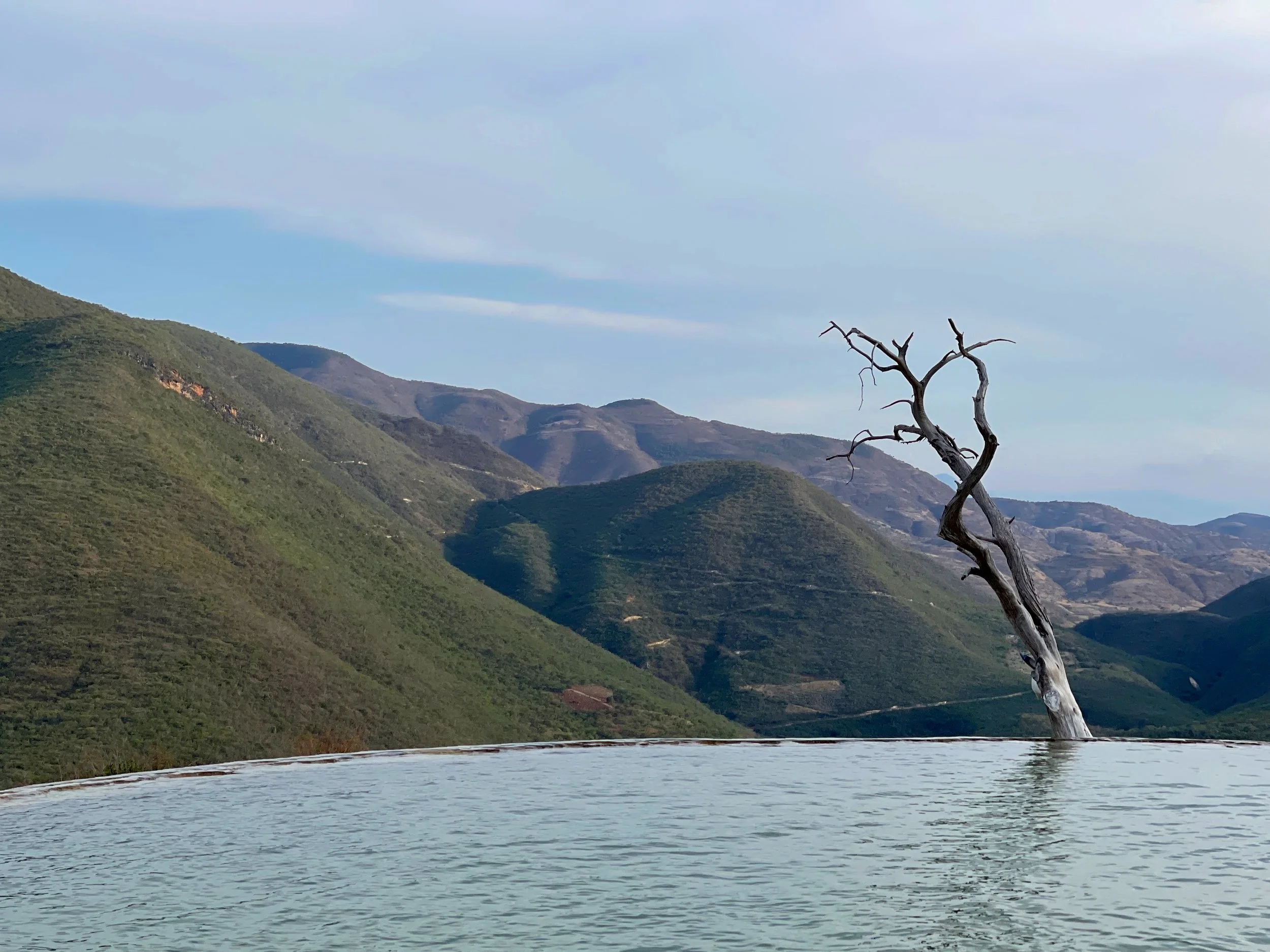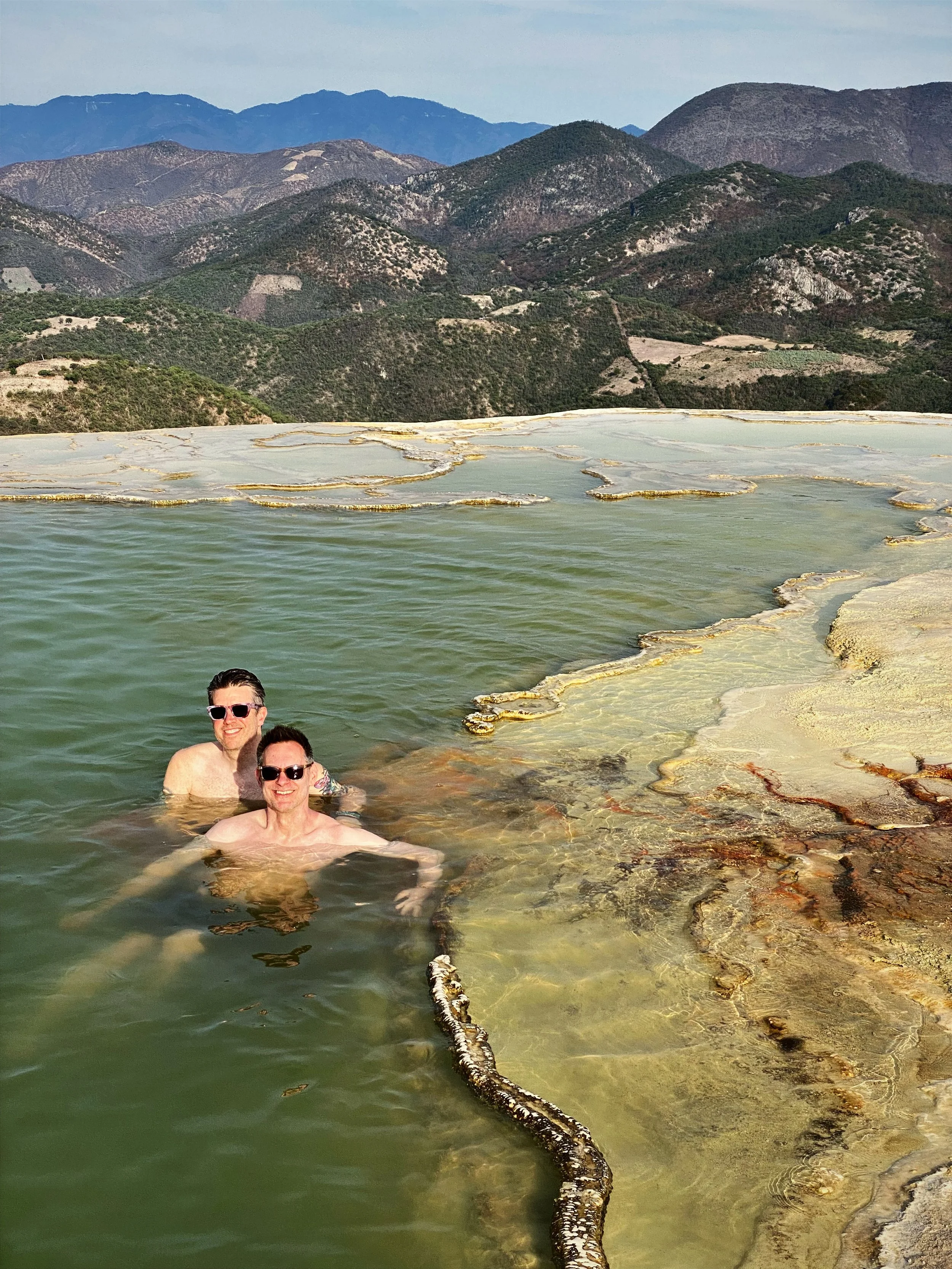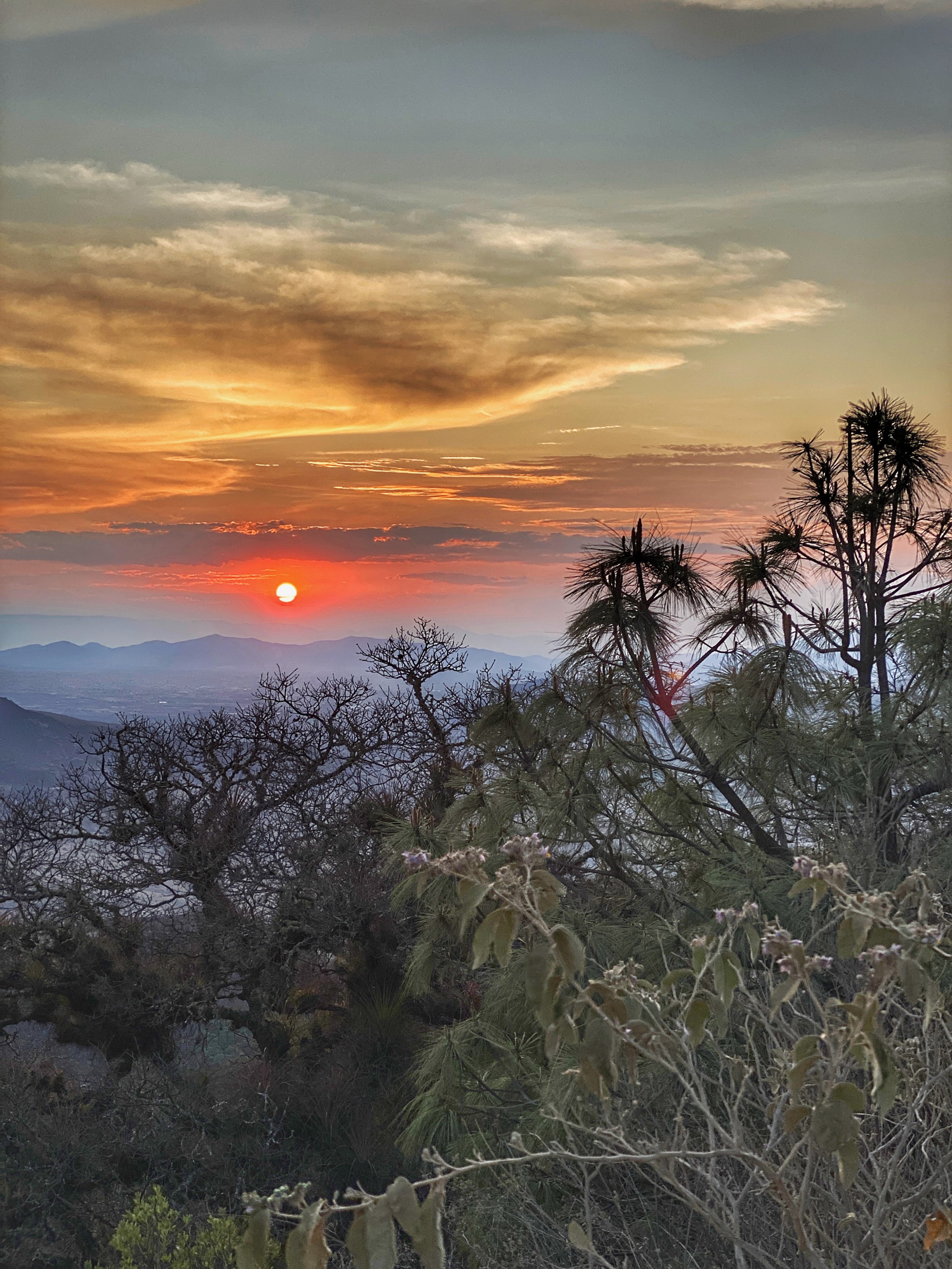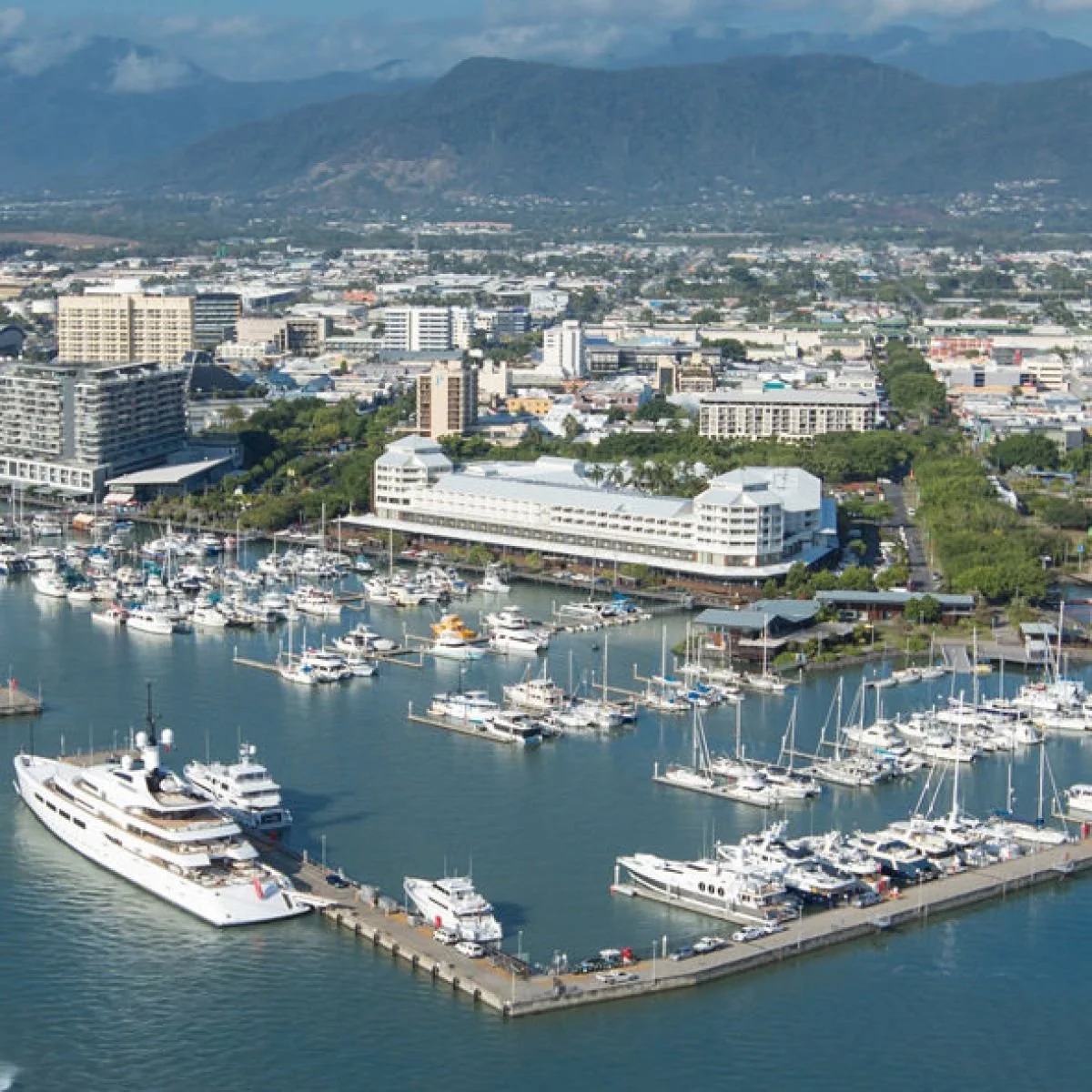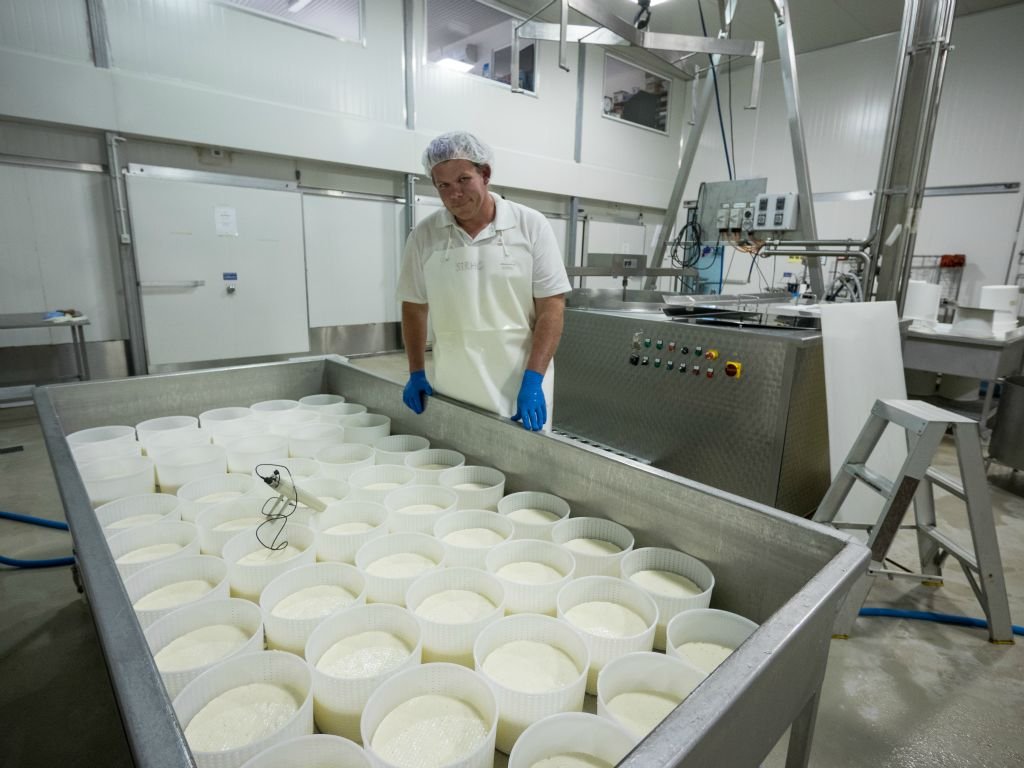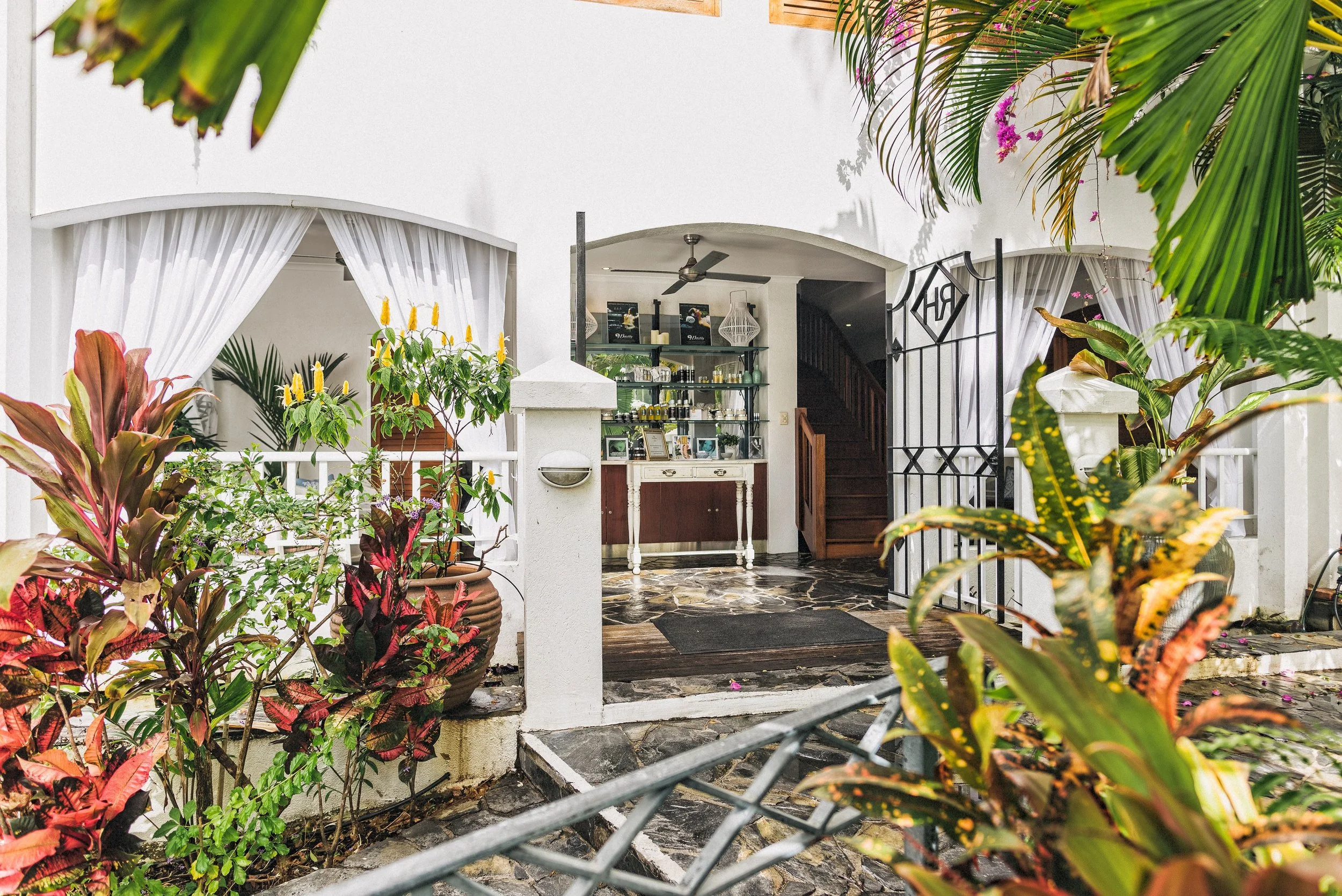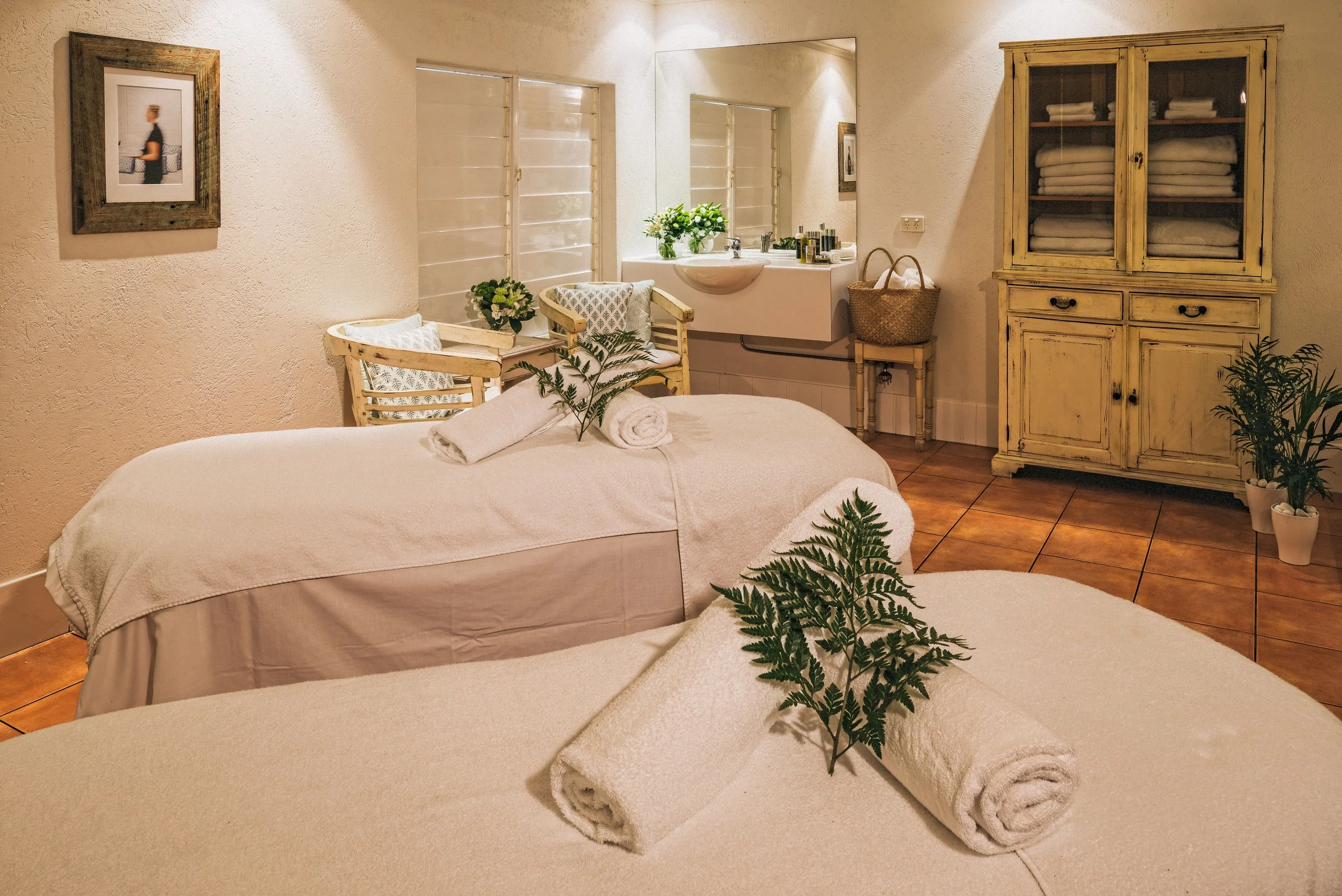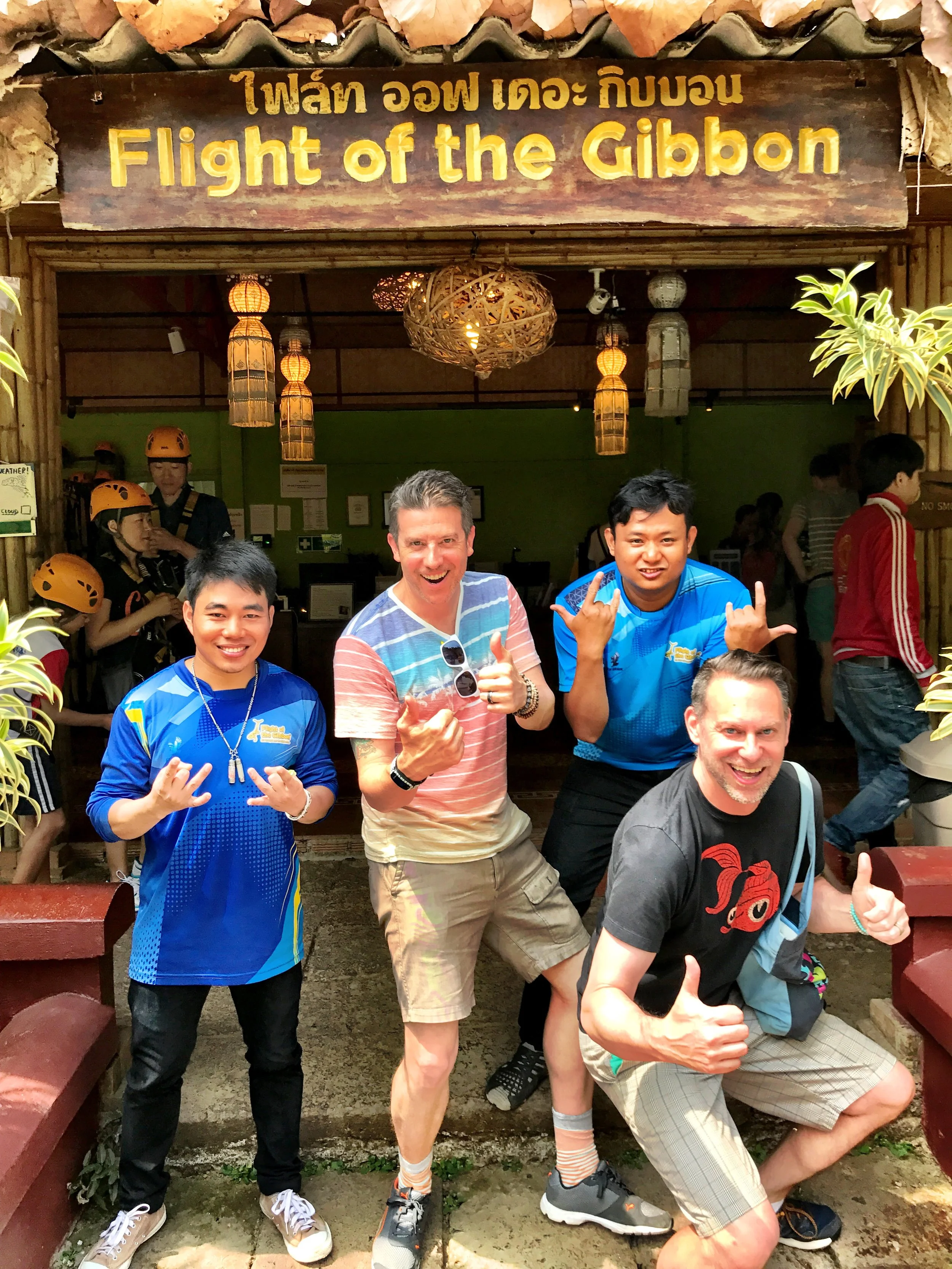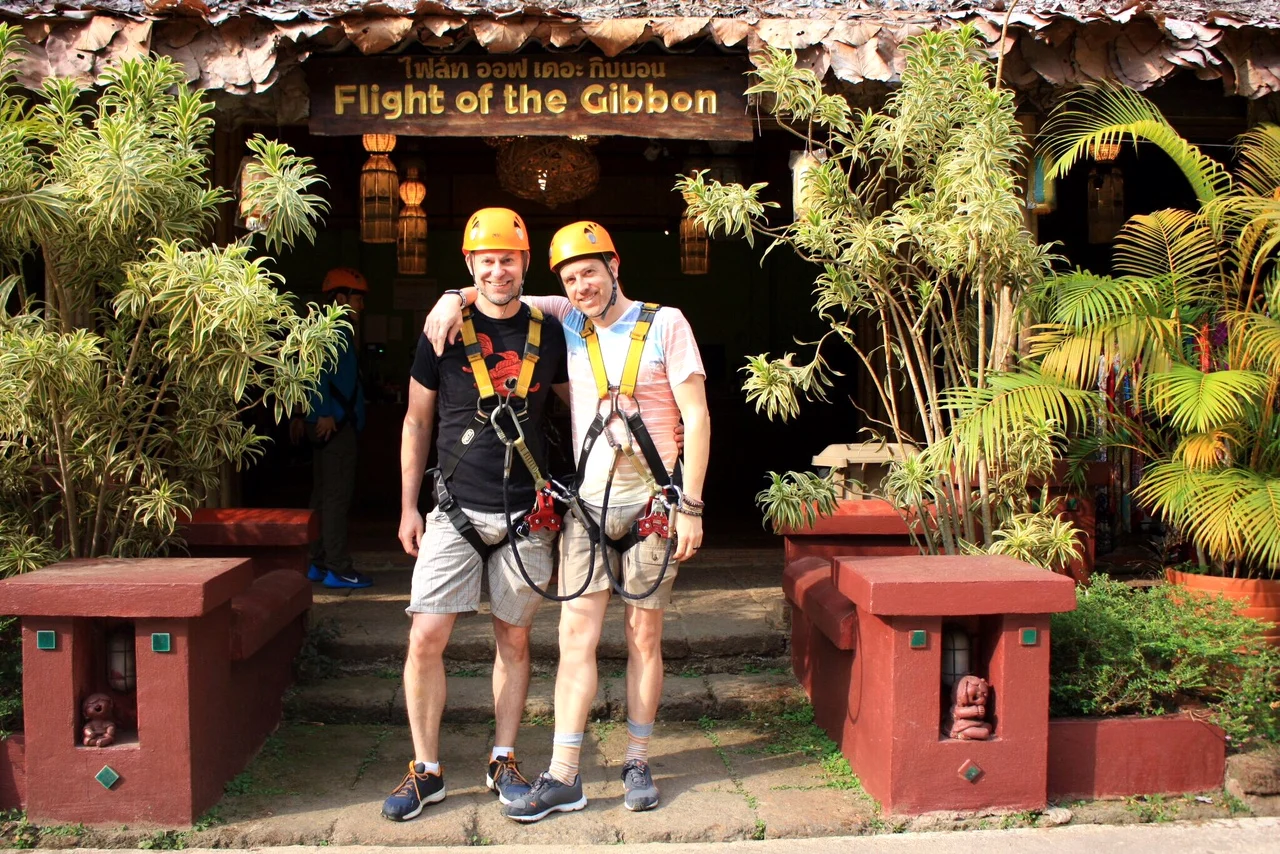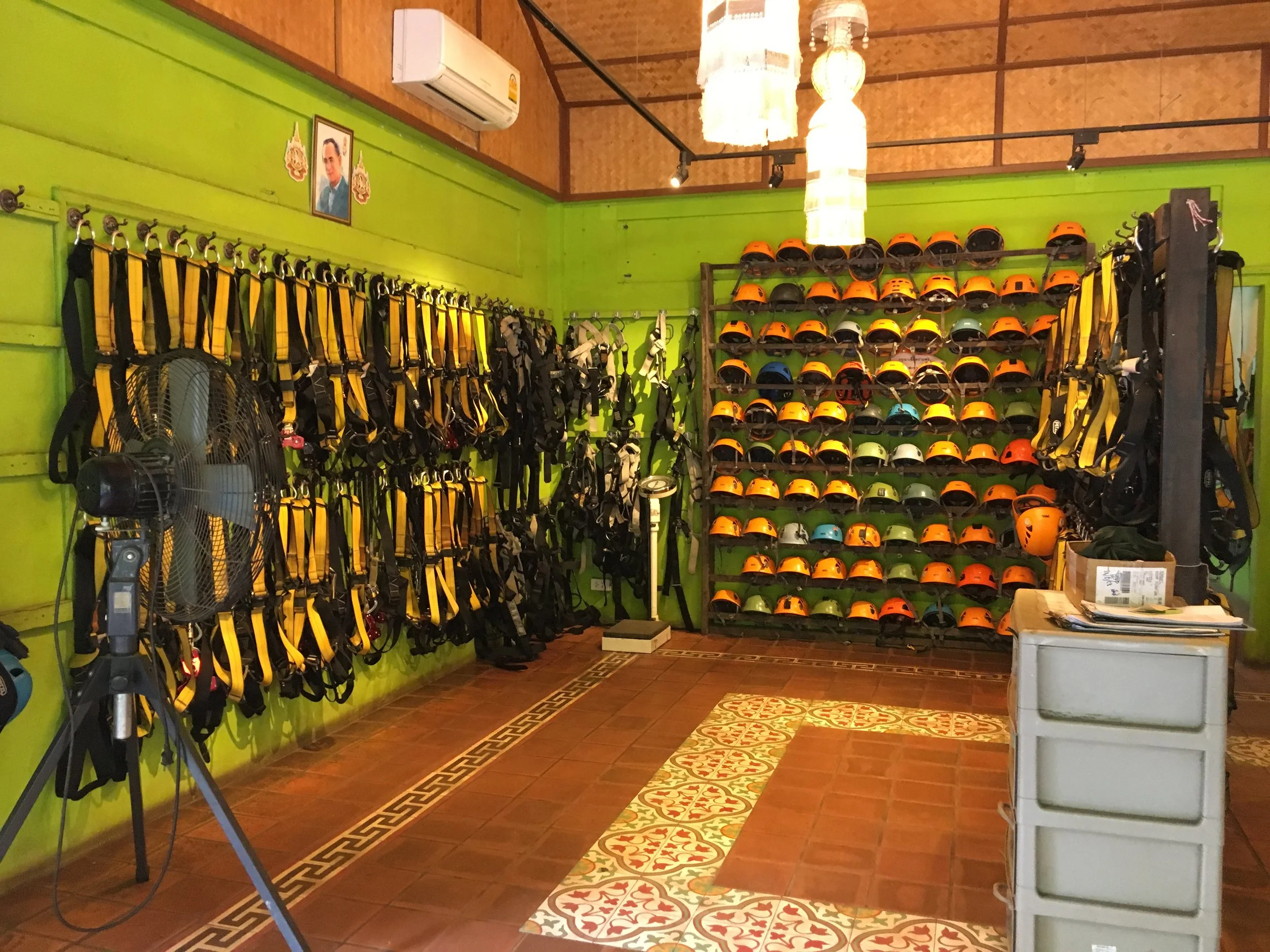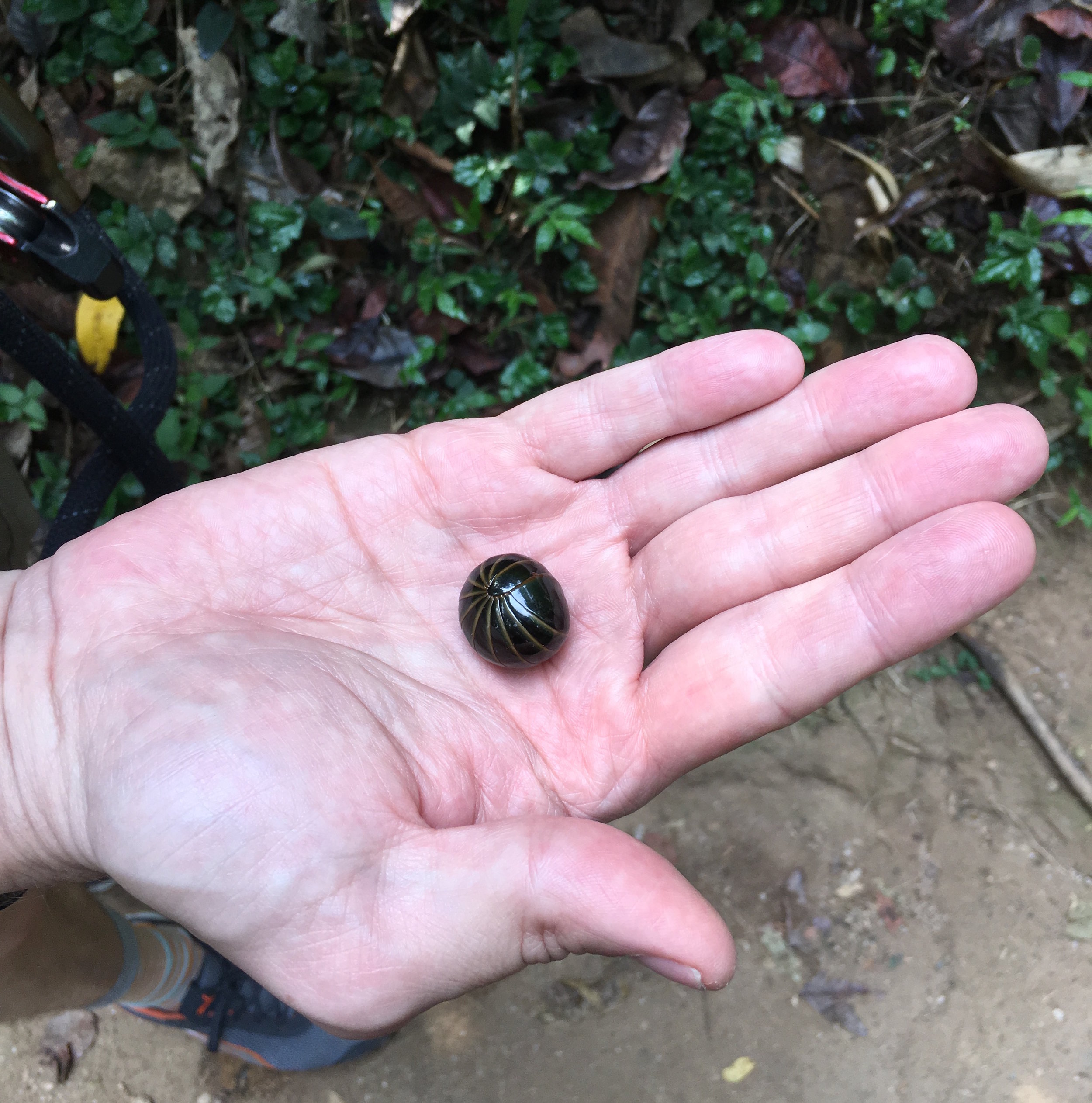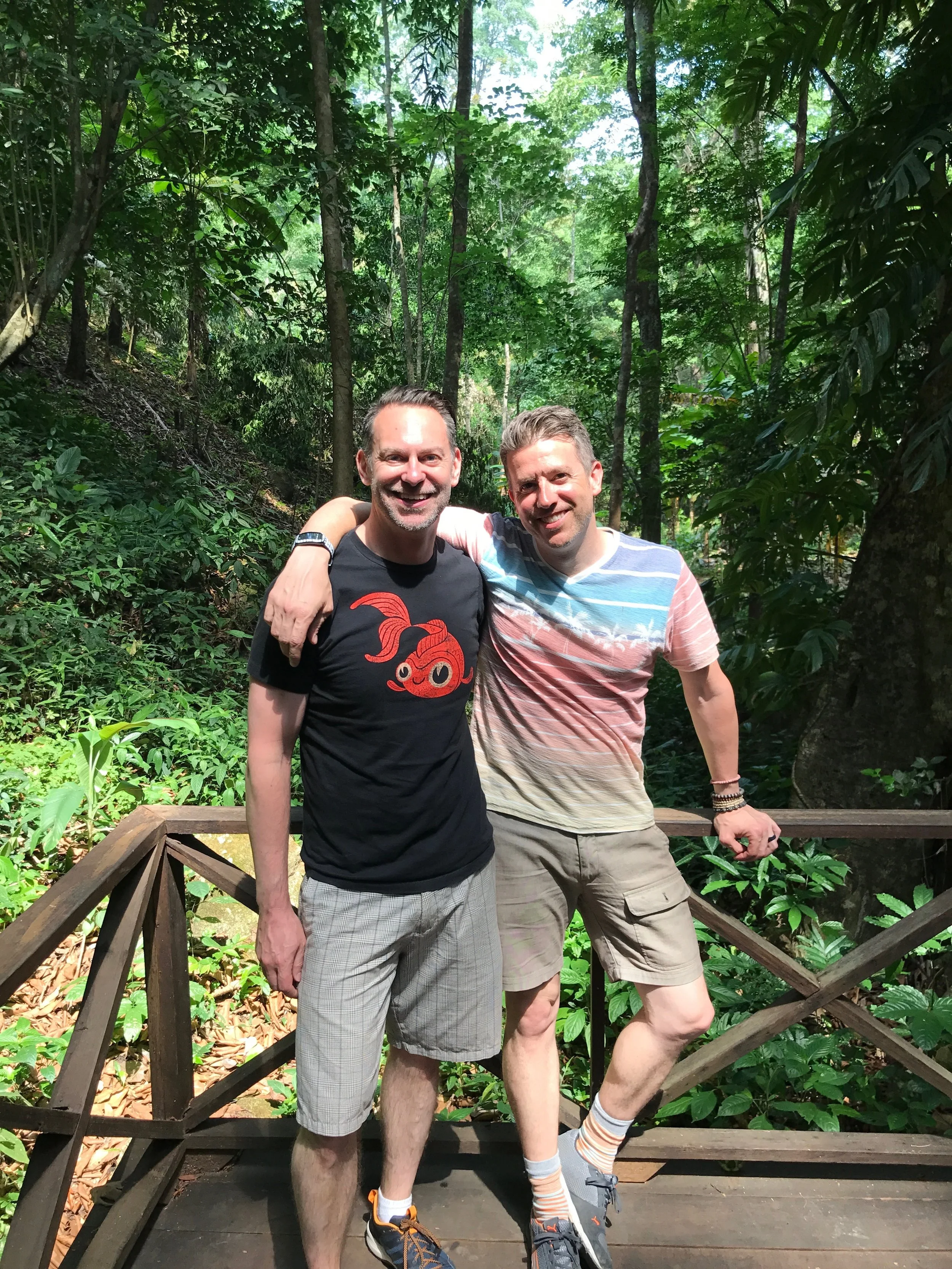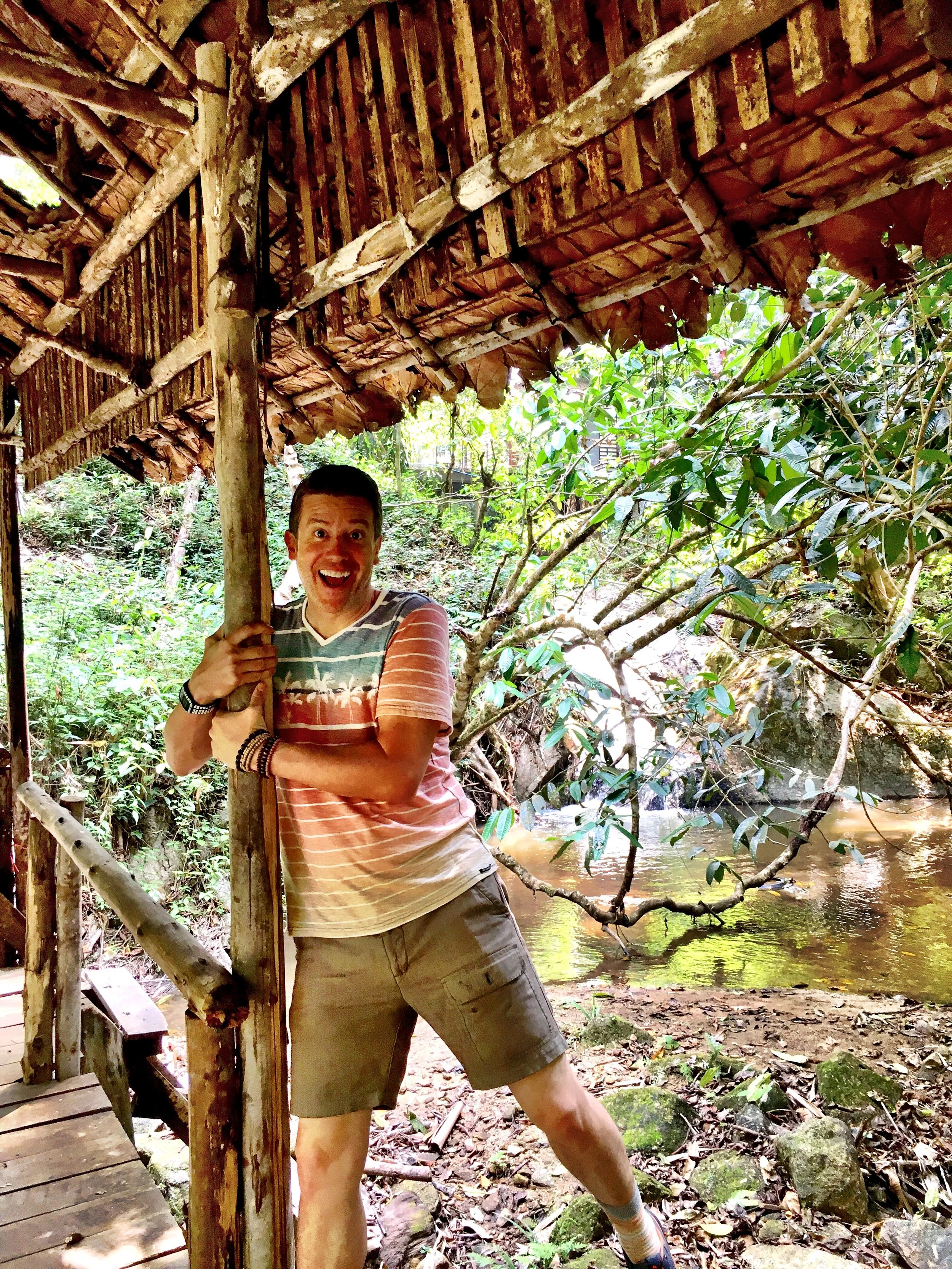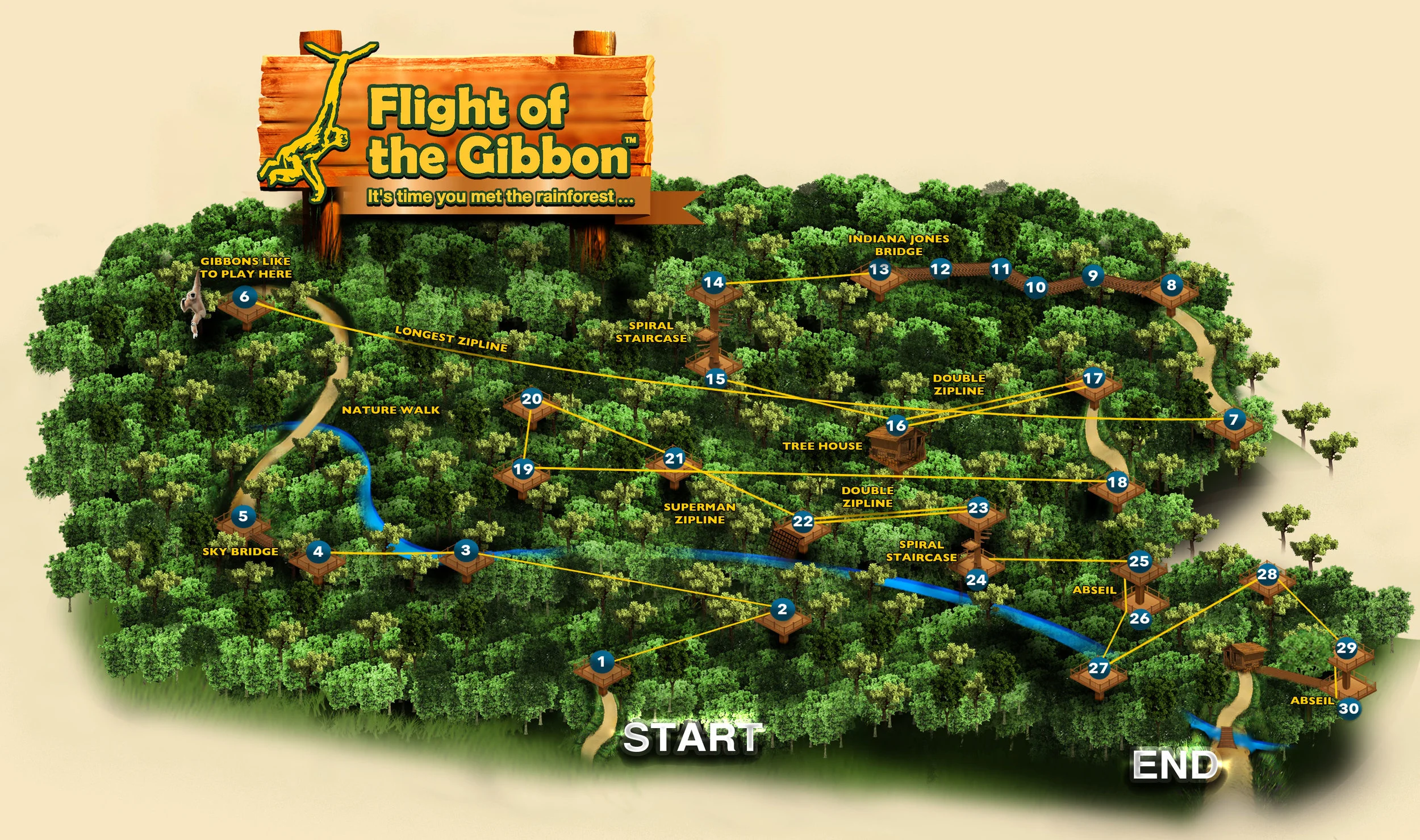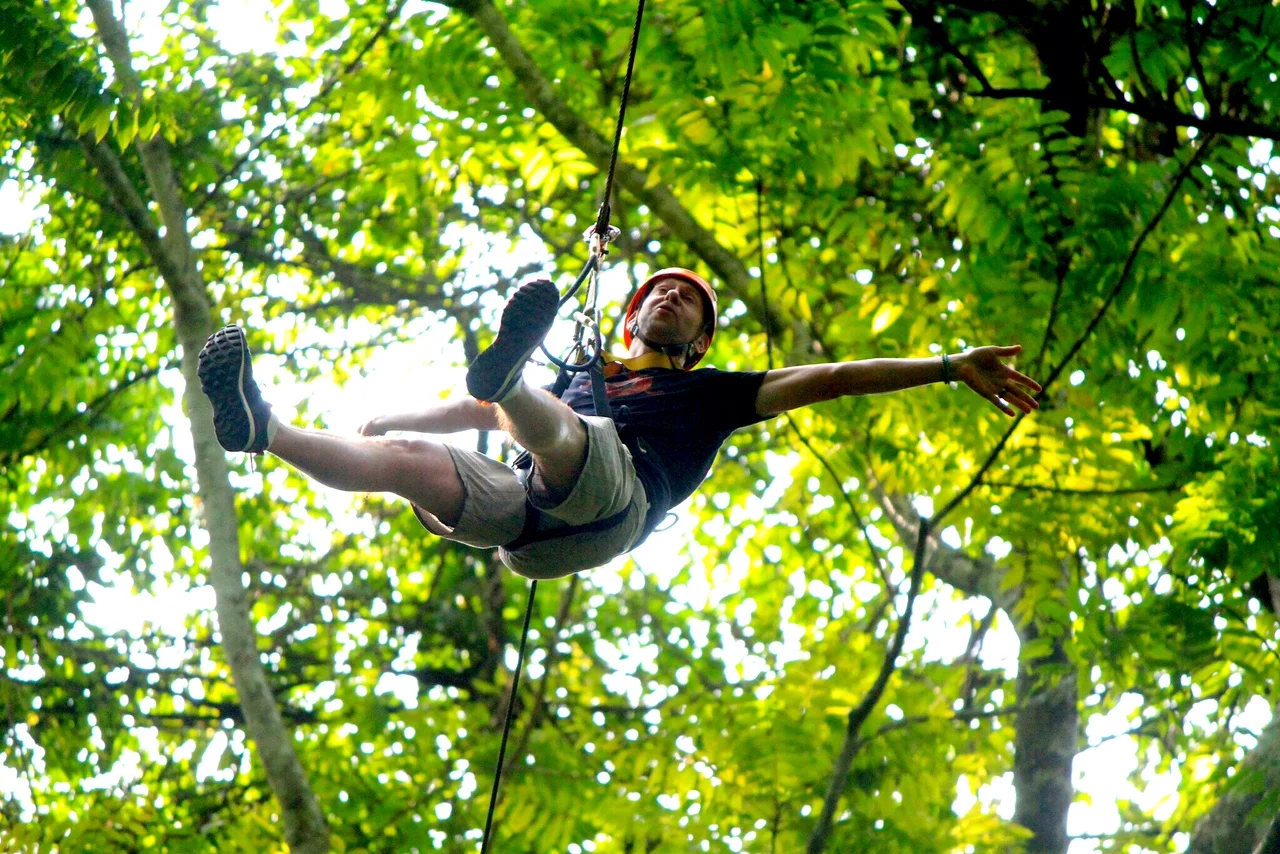Escape the crowds at Angkor Wat and Phnom Penh and discover Cambodia’s hidden treasures in Battambang, Mondulkiri, Koh Rong Samloem, Kratie and Kep. Pristine beaches, colonial charms, wildlife, waterfalls, crab dishes — and the bamboo train — await adventurous travelers.
Angkor Wat is an astounding experience — but if you want to escape the crowds, there are many other amazing adventures to be had in Cambodia.
Cambodia is an enchanting country to visit, where ancient temples, lush landscapes and warm hospitality await.
While popular destinations like Phnom Penh and Angkor Wat draw crowds of tourists each year, there are various lesser-known areas that offer an authentic Cambodian experience. Discover some of Cambodia’s hidden gems — where you can escape the tourist crowds and immerse yourself in the true essence of this captivating country.
But first things first. Unless you live in one of eight neighboring nations in Southeast Asia, Cambodia requires a visa to enter. Apply for your visa today and start planning your trip.
With its colonial-era charm, Battambang has a wealth of attractions both within the city limits and beyond.
Battambang: A Charming City With a Rich Colonial History
Nestled in the northwest region of Cambodia is the charming city of Battambang. It’s known for its well-preserved colonial architecture, like Sala Khaet, the former governor’s residence, which stands on the west bank of the Sangkae River. It was commissioned by the last Thai governor of Battambang in 1905 and used by the French until 1953, when Cambodia became independent.
Another notable heritage building is the bright yellow National Bank of Cambodia, a fully restored villa that previously housed a pawn shop and radio station.
If you’re a history buff, you’ll definitely want to check out the Battambang Provincial Museum. This well-curated museum contains a collection of artifacts from the surrounding Ankorian-era temples, including lintels and statuary.
Hire a tuk-tuk, a motorized rickshaw, and head six miles north of the city center to the ruins of Wat Ek Phnom, an 11th century Hindu temple with sandstone carvings built during the reign of King Suryavarman I. The relief on the temple’s central tower depicts the mythic Churning of the Ocean of Milk — an epic tug-of-war between the gods, demons and a serpent in a battle to obtain the elixir of immortality.
Plus, there’s a towering seated Buddha statue and an active Buddhist temple on the grounds. Its interior features serialized paintings that cover the walls and ceiling, telling the Buddha’s life story.
The super-cool ruins of Wat Ek Phnom, an ancient Hindu temple
A newer temple stands on the grounds of Wat Ek Phnom.
Looking for a thrill? Take a ride on the famous norry, or bamboo train, an unusual mode of transportation. People, rice and livestock are shuttled back and forth on squat wooden platforms placed on top of a wheeled metal carriage and powered by a small engine. The train cruises along an old track at about 35 mph, offering breathtaking views of the countryside. You’ll pay $5 per person to the villagers operating the train once you reach your destination. It’s a small price to pay for a unique and thrilling experience!
If you’re in Battambang, you’ve gotta take a ride on the bamboo train!
If you’re hungry after a day of exploring the city and its surroundings, try the regional specialty mee kola. It’s a delicious dish of stir-fried rice noodles and soy sauce, served with papaya, cucumber, pickles, bean sprouts, other vegetables, fragrant herbs and crushed peanuts.
The serene riverside setting and relaxed atmosphere make Battambang an ideal place to unwind and experience the authentic side of Cambodia.
How to get there: Battambang is a three-hour drive west of Siem Reap, or a 90-minute boat ride across Tonlé Sap, the largest lake in Southeast Asia.
Bou Sra Waterfall
Mondulkiri: An Off-the-Beaten-Path Outdoor Adventure
The remote province of Mondulkiri in eastern Cambodia is home to breathtaking waterfalls, lush jungles and rolling hills. Trek through the picturesque landscape and encounter the wildlife, including gibbons and elephants.
For a truly authentic experience, take a tour of a Bunong hill tribe village with a local guide. Learn about their agricultural fields, spirit forests and burial grounds, all of which are living places of social, spiritual and historical importance.
Take a tour of a Bunong hill tribe village and learn about their customs.
Looking for a relaxing day in the great outdoors? Hire a tuk-tuk for the day and head to Bou Sra Waterfall, 31 miles (50 kilometers) outside of Sen Monorom. Pack a lunch to go and enjoy a picnic in the shade of the trees. After lunch, cool off in the pools beneath the upper waterfall. Even if you don’t take the plunge, the spray from the waterfall is a great way to cool down on a hot day.
If you’re feeling more adventurous, try the Mayura Zipline. This seven-zipline course takes you as high as 500 feet (150 meters) above the waterfall — that’s the equivalent of a 45-story building! — making it one of the highest ziplines in Asia. Soar through the jungle canopy and get a bird’s-eye view of the waterfall.
Brave souls can zipline 500 feet above the waterfall!
The Elephant Valley Project (EVP) is a nonprofit organization that rescues and rehabilitates retired Asian elephants. They work to protect these pachyderms by allowing them to roam freely within a 1,200-hectare habitat, while providing medical care. Day trips to the sanctuary usually involve two walks through the forest, learning about these amazing creatures and enjoying a buffet lunch overlooking the forest canopy.
Two of the well-cared-for members of the Elephant Valley Project sanctuary family
EVP is a great place to learn about elephants and their conservation. You’ll get to see them up close and personal, and learn about their natural behaviors — as well as have the opportunity to support their care and rehabilitation.
How to get there: Mondulkiri is a five-and-a-half-hour drive northeast of Phnom Penh. You can hire a taxi or take an express bus or minivan.
RELATED: Why Elephant Tourism Is Evil
Literally escape from it all at the untouched island of Koh Rong Samloem.
Koh Rong Samloem: An Unspoiled Tropical Paradise
Have you ever dreamed of escaping to a secluded island? With a bit of planning, you can! Koh Rong Samloem, a small island 14 miles (23 kilometers) off the southwest coast of Cambodia, is the perfect getaway. Unlike its more developed neighbor, Koh Rong, this island remains largely unspoiled and untouched.
Here, you can lounge on pristine white sand beaches and enjoy a cocktail or two. Go snorkeling in the crystal-clear waters and explore vibrant coral reefs. And at night, head back to the beach to witness amazing bioluminescent plankton.
Just look at the crystal-clear water and those colorful fish!
Head back to the beach at night to see breathtaking blue bioluminescent plankton washing ashore.
How to get there: Heads up: The only way to get to Koh Rong Samloem is via a one-and-a-half-hour ferry ride from Sihanoukville. If you’re staying in Siem Reap, you can take a 50-minute direct flight to Sihanouk International Airport. From there, you can hail a tuk-tuk or taxi to take you to the ferry terminal. Alternatively, you can take a six-or-so-hour bus ride or private taxi from Phnom Penh.
While in Kratie, you have to look out for the endangered Irrawaddy dolphins.
Kratie: A Gem on the Mekong River
Situated along the banks of the Mekong, Kratie is a small town known for its incredible wildlife — most notably, the endangered Irrawaddy dolphins. Take a boat tour to observe these gentle creatures in their natural habitat for a truly magical experience.
You can also rent a bike and explore the peaceful countryside to admire the sleepy villages, traditional stilt houses, rice fields and lotus farms. Be sure to visit Wat Sorsor Muoy Roy, the 100-Column Pagoda. Then, grab a beer and watch one of the epic Mekong sunsets.
Kratie offers a glimpse into rural Cambodian life and a chance to witness the wonders of nature up close.
How to get there: Kratie is 149 miles (240 kilometers) north of Phnom Penh, and is roughly a four-hour drive from there.
Relax on the beach in the seaside town of Kep.
Kep: A Coastal Delight
For a blend of coastal beauty and culinary delights, head to Kep, a charming seaside town located in southern Cambodia. Known for its fresh seafood, Kep is a paradise for any foodie. Expect an abundance of fresh shrimp and mouth-watering crab (try it with Kampot pepper), while enjoying unforgettable views of the Gulf of Thailand.
Try the most popular local dish, Kampot pepper crab.
Explore the lush jungle trails of Kep National Park, hike to the gorgeous Kep Beach or visit the iconic abandoned villas that showcase the rich history of the old colonial beach resort.
Before or after heading into the park, be sure to stop in Led Zep Café, a short distance from the park entrance. They offer maps and snacks for hikers, as well as delicious crepes and sandwiches for anyone looking for a quiet lunch spot with a nice view.
Return to Kep and visit Sothy’s Pepper Farm to learn how the rare Kampot peppercorn is produced — considered by many to be the finest pepper in the world. It’s named after its region of production, just like Vidalia onions, Bourbon whiskey and Roquefort cheese.
How to get there: Kampot is 14 miles (22 kilometers) from Kep, or a 30-minute tuk-tuk ride.
The Hidden Gems of Cambodia
Cambodia is a treasure trove of amazing sites just waiting to be discovered. Whether you’re seeking natural beauty, relaxation, cultural immersion or just to get away from the crowds, the lesser-known areas of Cambodia offer a truly authentic experience. –Sally Giles



